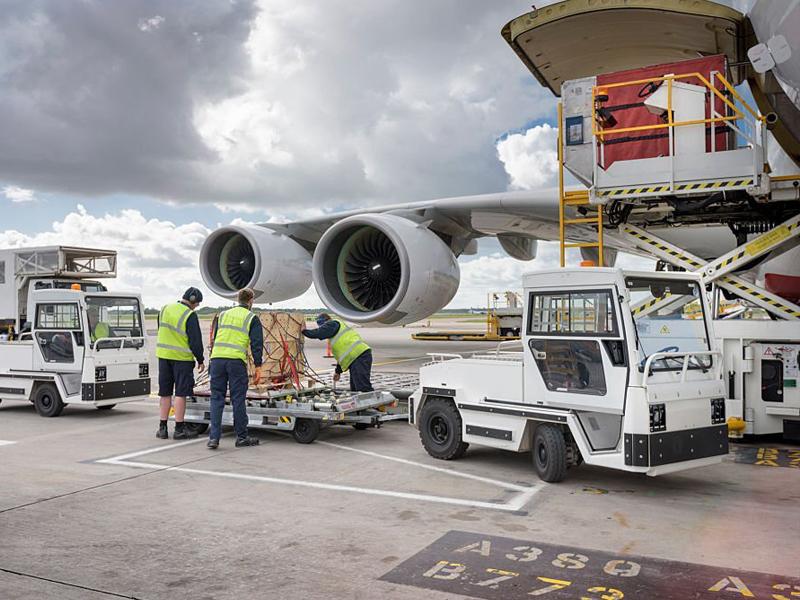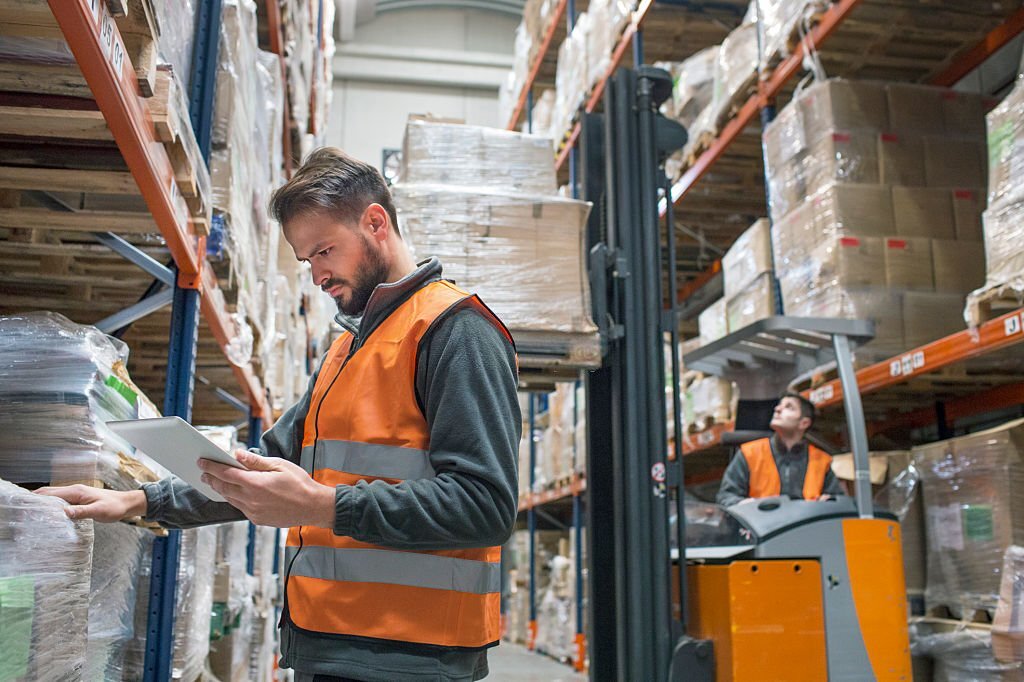The carriage of cargo is getting progressively significant in the general airline and shipping activities worldwide and this importance makes it fundamental that standard methodology in security is applied to cargo handling. Afamase security applies these strategies and guidelines to guarantee that cargo is taken care of in the most secure condition so as not to jeopardize the safety of the airplane.
We likewise build up measures that will guarantee that we don’t accept the transfer of cargo, courier, express parcels, or mails for carriage on passenger or cargo flights unless the security of such a consignment is accounted for or such consignments are subject to appropriate security control.

Benefits of Consignments/Cargo Handling
- Instant availability of goods on consignment
-
The retailer has no risk with consignment goods, so they instantly place those goods in front of customers.
- Ability to test how the goods are selling.
-
Traditional retail establishments may not accept new goods in fear that they may not sell. With consignment, the consignor has more chances to showcase their goods and see how they sell.
- Regular restocking.
-
This is a win-win for both the consignor and consignee. Consignees are regularly restocked by consignors without having to tie up capital in inventory.
Receive Shipments into Carrier Domain
Once the freight forwarding truck arrives at the carrier's domain and the truck driver has informed the Cargo Handling Agent of their arrival, the carrier domain can receive the goods.
Prepare Cargo for Flight
After accepting shipments ready for carriage, airport cargo and ground handling personnel can prepare the air cargo for flight. The goods in transit must be received and security cleared once again.
Accept Shipments as Ready for Carriage
When accepting shipment as ready for carriage, airport cargo and ground handling personnel must take several steps to meet the requirements to ship goods by air.
Functions of Consignments/Cargo Handling
The goods are delivered to the customer in the consignment warehouse. The consignment warehouse is located at the customer’s premises.
After the withdrawal of the goods, the customer receives a withdrawal document, which serves as the basis for invoicing (i.e. the customer receives an invoice according to the information recorded on the withdrawal document).
The customer becomes the owner of the goods, depending on what agreements were made in advance, at the time of removal or after payment.










